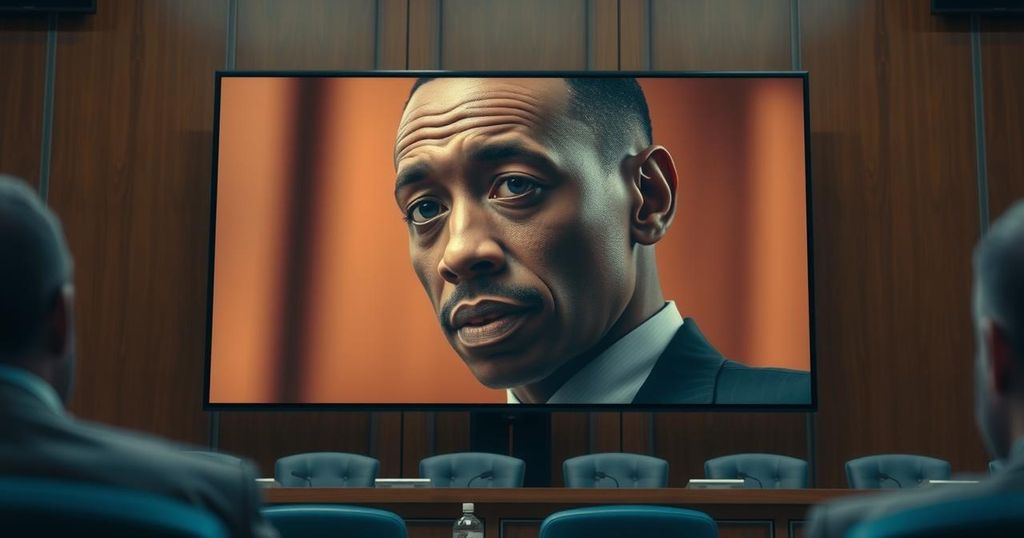AI Revival: Family Uses Technology to Create Impact Statement for Murder Victim
A family in Chandler, AZ, used AI to create a video impact statement from their deceased relative, Christopher Pelkey, for the sentencing of his killer. This technology brought Pelkey’s likeness and voice back to the courtroom for the first time in Arizona history, influencing the judge’s decision on sentencing. Pelkey’s family found healing through this unique use of AI, sparking discussions about technology’s role in the justice system.
Chandler, AZ — Christopher Pelkey was tragically killed in a road rage incident in 2021, but technology this past month brought his voice back into the courtroom during his killer’s sentencing hearing. This marked a moment in history—not just in Arizona but potentially nationwide—where AI was used to generate a deceased victim’s impact statement. Pelkey’s family, specifically his sister and brother-in-law, skillfully employed AI to recreate his likeness and voice, letting him “speak” about his life and his interaction with Gabriel Paul Horcasitas, the man who shot him during a confrontation near Gilbert and Germann roads.
The AI-generated Pelkey, looking similar to his 37-year-old self, spoke directly to Horcasitas. “In another life, we probably could have been friends,” he said, offering an unexpected sense of forgiveness. Mixed into the AI video were clips capturing his life, along with touches of his humor, even including a filtered photo of himself with an “old age” twist. At one point in the video, the AI Pelkey remarked, “This is the best I can ever give you of what I would have looked like if I got the chance to grow old,” adding, “Remember, getting old is a gift that not everybody has, so embrace it and stop worrying about those wrinkles.”
Stacey Wales, Pelkey’s sister, spoke about the impact of the AI creation. She noted that everyone who knew Pelkey felt the video was an authentic representation of his spirit. “This capture was a true representation of the spirit and soul of how Chris would have thought about his own sentencing as a murder victim,” she stated. The prosecution sought a 9.5-year sentence for Horcasitas, but when the judge saw the video, he handed down a 10.5-year manslaughter sentence, citing the video during his closing statements—a testament to its emotional weight.
For the Pelkey family, this unique use of AI wasn’t just about seeking justice; it provided a chance to heal. Stacey shared a touching moment with her child, who felt an emotional connection to the video. “‘Mom and Dad, thank you so much for making that. I needed to hear from Uncle Chris one last time. And that meant so much, thank you.’ That is not what this was intended to do,” Stacey said, reflecting on the unexpected role the video played in helping her family cope with their loss.
Chief Justice Timmer provided insight on the use of AI in the courtroom. He pointed out that while AI can improve efficiencies within the justice system and assist those unfamiliar with legal processes, caution is needed. “AI can also hinder or even upend justice if inappropriately used,” he warned, suggesting a careful and balanced approach. To that end, an AI committee has been established to investigate the effective use of such technologies in court, emphasizing that users—including the courts—bear responsibility for ensuring AI’s reliability.
The groundbreaking use of AI to recreate Christopher Pelkey’s voice and likeness at his killer’s sentencing hearing is a remarkable step in blending technology with justice. The emotional resonance it created not only affected the sentencing outcome but also provided unexpected healing for his family. As discussions surrounding AI’s role in the legal system unfold, the need for caution and responsibility remains critical in this evolving landscape.
Original Source: www.abc15.com




Post Comment